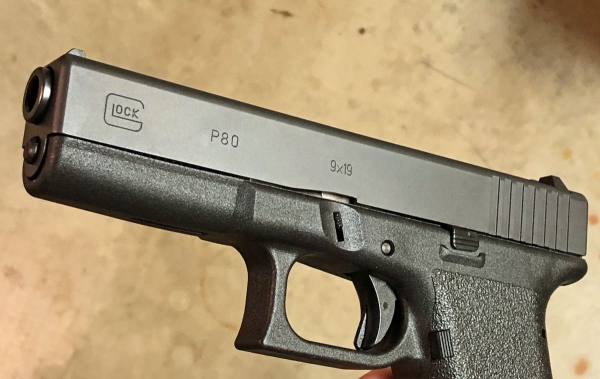
I was recently notified of the pending reissue of the gun that turned firearms manufacture on its head: the GLOCK P80. Never heard of it?
According to material from Lipsey’s and elsewhere, the gun is a near reproduction of the gun built for the Austrian military trials announced in 1980, conducted in 1981. The new plastic frame, striker-fired pistol became the Austrian P80 in 1982. It was released commercially as the G17.
You’ve heard of that. It was the beginning of a police and military pistol that is still in production and was the basis for a range of sidearms across calibers and formats.
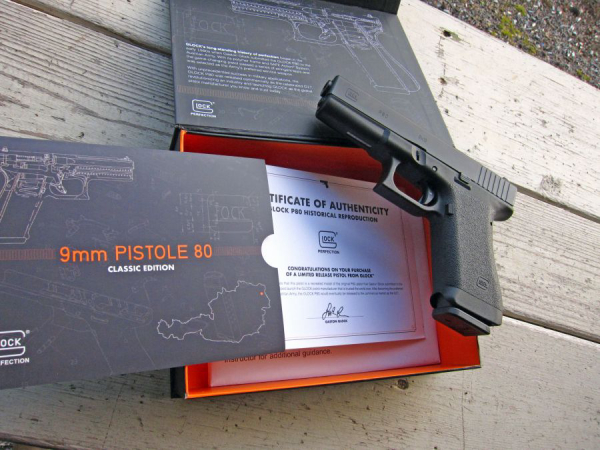
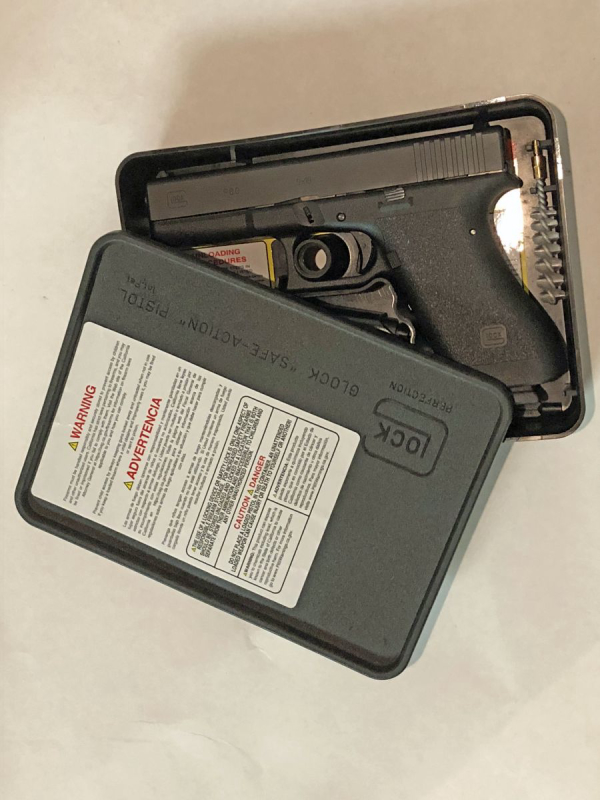
The essentials of the gun itself include the original P80/Gen 1 frame (except the Austrian pistols didn’t have the serial plate in the frame; that was a US import/sales requirement). The frame features the pebble texture and there are “P80” slide markings, in the original font. The trigger face is smooth (not grooved), there’s a flat extractor (of the original type), polymer sights and a single pin frame.
The gun includes a pair of magazines – current metal-lined versions – boxed in the “Tupperware-“ style peel-top box with a certificate of authenticity.
Like any G17, it has the 4.49” barrel (the current 14mm barrel, not the thin 13.5mm barrel of the original), has polygonal rifling, uses Gen 1-3 trigger, connectors, etc., and the gun weighs just over 32 ounces. The Pistole 80 was adopted by both military and police forces in Austria in 1982.
It took three years to get these guns made. Lipsey’s is known for GLOCK project guns and they made it happen. The original frame molds were long gone, but GLOCK stepped up for this commemorative project; the P80 is all GLOCK and nothing but; it’s not the “Polymer 80.” The MSRP is $669.
I shot the new-old gun from the 25 yard bench with four loads. I found that it was easily a three-inch group gun at that distance.
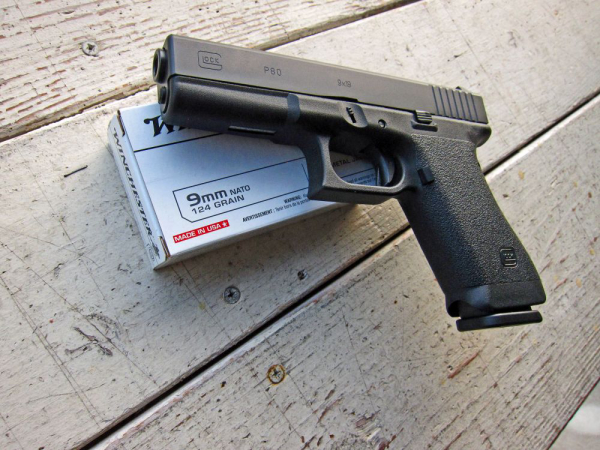
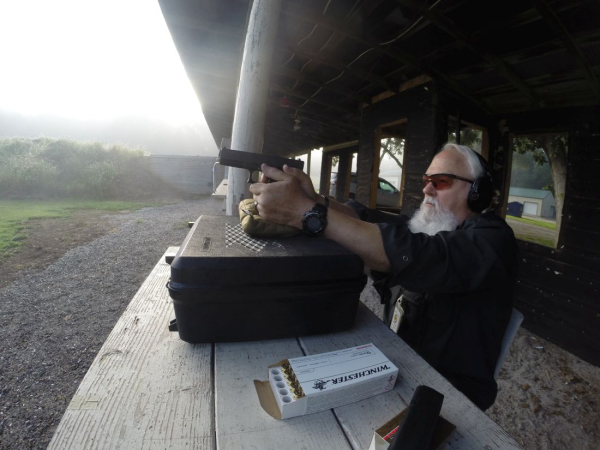
TABLE: Accuracy, 25 yards, from seated rest; five-shot groups.
|
Load |
Group |
Notes |
|
Winchester 9mm “NATO” 124 FMJ |
3” |
3/5 into 1.5” |
|
Speer 124 gr. Gold Dot HP |
2” |
3/5 into .75” (!) |
|
Hornady Critical Defense “LITE” 100gr FTX |
4.5” |
3/5 into 2”, didn’t function the gun |
|
Speer 115gr. GDHP |
2” |
It shoots inside of three inches, more accuracy than it needs. The trigger was a little stout but clean – and, I fear, a good number of likely buyers may never shoot this gun. And that’s a shame.
But it’s a service pistol and I felt like I should compare it to other service handguns, so I shot it on the Comparative Standards. There’s a discussion of that here. Suffice to say that I was slow; those sights are tight with little light on either side of the front sight when looking at it through the rear. Didn’t matter, I shot the course clean – for the first time, thank you – though very slowly. The holster was the Safariland 7TS, worn concealed, and the ammo was the Winchester 9mm “NATO” 124 gr. ball round – keeping it ‘service correct.’

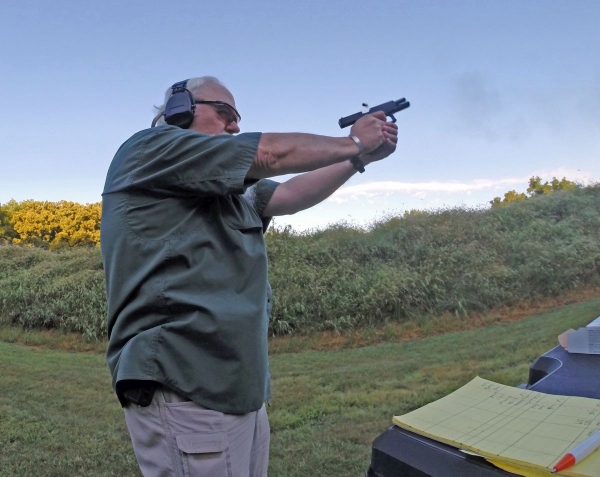
I averaged nearly three seconds to the single hit from 25 yards – vastly too slow. The “single from guard” best effort from fifteen yards was still just over one second (should be under) and the pair from ten yards was .01 second under the standard in Hackathorn’s Wizard Drill. The reload and single “high value” shot from five yards were likewise a bit slow, with other times coming in “about right.”
The stock sights didn’t help, the old-fashioned frame texture didn’t actually hurt – and did I say I shot it clean?
It does take a little jolt to run the gun. Not necessarily “+P” or NATO standard, but a bit of a jolt. The “made for compact guns” Critical Defense LITE was not a good choice for this envelope … but it’s a new (old-style) gun and I imagine it’d digest the flyweight Hornady load after it’d been shot some.
I see why the Austrians selected it, just like I can see why – at its peak – around 80% of US civilian law enforcement selected this gun. It just works and it shoots quite well.
Lipsey’s has done it again and GLOCK does it still.
-- Rich Grassi